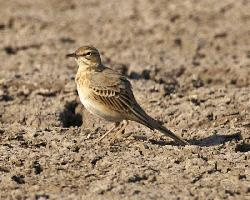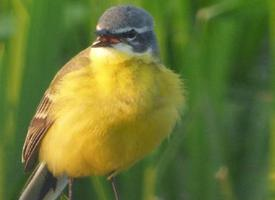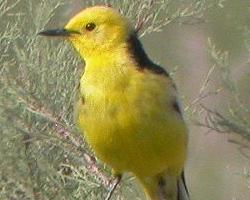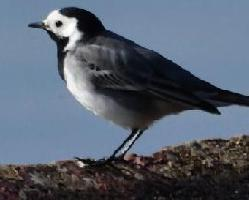
Popis zvířete
The Tawny Pipit, scientifically known as Anthus campestris, is a fascinating bird species that belongs to the pipit family. This bird is particularly admired for its subtle yet captivating appearance, as well as its unique behaviors and preferred habitats. The Tawny Pipit is a migratory bird, showcasing an impressive journey between its breeding and wintering grounds, which contributes to its intrigue among birdwatchers and ornithologists.Appearance-wise, the Tawny Pipit possesses a slender build typical of pipits, with a body length ranging from 15 to 17 centimeters. It exhibits a relatively plain plumage, which, as its name suggests, predominantly features various shades of tawny and earth tones. This coloration serves as excellent camouflage against the bird's natural habitats, aiding in its survival. The bird has a fine, pointed beak adapted for its insectivorous diet, and its legs are a pale pinkish color, which can be a distinguishing feature from other pipit species.
The Tawny Pipit's habitat preferences lean towards open landscapes. It thrives in dry, open areas with sparse vegetation, such as grasslands, plains, and agricultural fields. During the breeding season, which typically spans from late April to July, the Tawny Pipit can be found across Europe and the northern parts of Asia. Its nesting habits are quite unassuming; it builds a simple ground nest hidden among grass or under small bushes, laying about 4 to 6 eggs per breeding attempt.
One of the most distinctive aspects of the Tawny Pipit is its song and call. The bird's song is a melodious, somewhat monotonous series of notes, often delivered in flight, creating a beautiful aerial display. Its call is a sharp "tsip" sound, which can be heard during both the breeding and wintering seasons.
In terms of behavior, the Tawny Pipit is known for its ground foraging techniques. It predominantly feeds on insects and other small invertebrates, which it skillfully hunts down with its keen eyesight and quick movements. During the winter months, when the bird migrates to Africa and the southern parts of Asia, it may also consume seeds and other plant material, showcasing a degree of dietary flexibility.
The migration patterns of the Tawny Pipit are a testament to its resilience and adaptability. The journey between its breeding and wintering grounds can be arduous, but it is essential for the bird's survival, allowing it to exploit different ecological niches throughout the year.
Conservation-wise, the Tawny Pipit is currently not considered globally threatened. However, like many migratory bird species, it faces challenges due to habitat loss, agricultural intensification, and climate change. Efforts to monitor its population and preserve its natural habitats are crucial to ensuring the species' long-term survival.
In summary, the Tawny Pipit is a remarkable bird that captivates the interest of those who study and observe it. Its understated beauty, fascinating behaviors, and the epic journey it undertakes twice a year make it a symbol of the resilience and complexity of the natural world.
Podobná zvířata
Nové fotografie zvířat
Top 10 zvířat
- Chinese water dragon (Physignathus cocincinus)
- Galápagos tortoise (Geochelone nigra complex)
- Dolphin gull (Leucophaeus scoresbii)
- Japanese macaque (Macaca fuscata)
- Colombian red howler (Alouatta seniculus)
- Sea urchins (Echinoidea)
- Moustached guenon (Cercopithecus cephus)
- Diana monkey (Cercopithecus diana)
- Common reed warbler (Acrocephalus scirpaceus)
- Common house mosquito (Culex pipiens)


